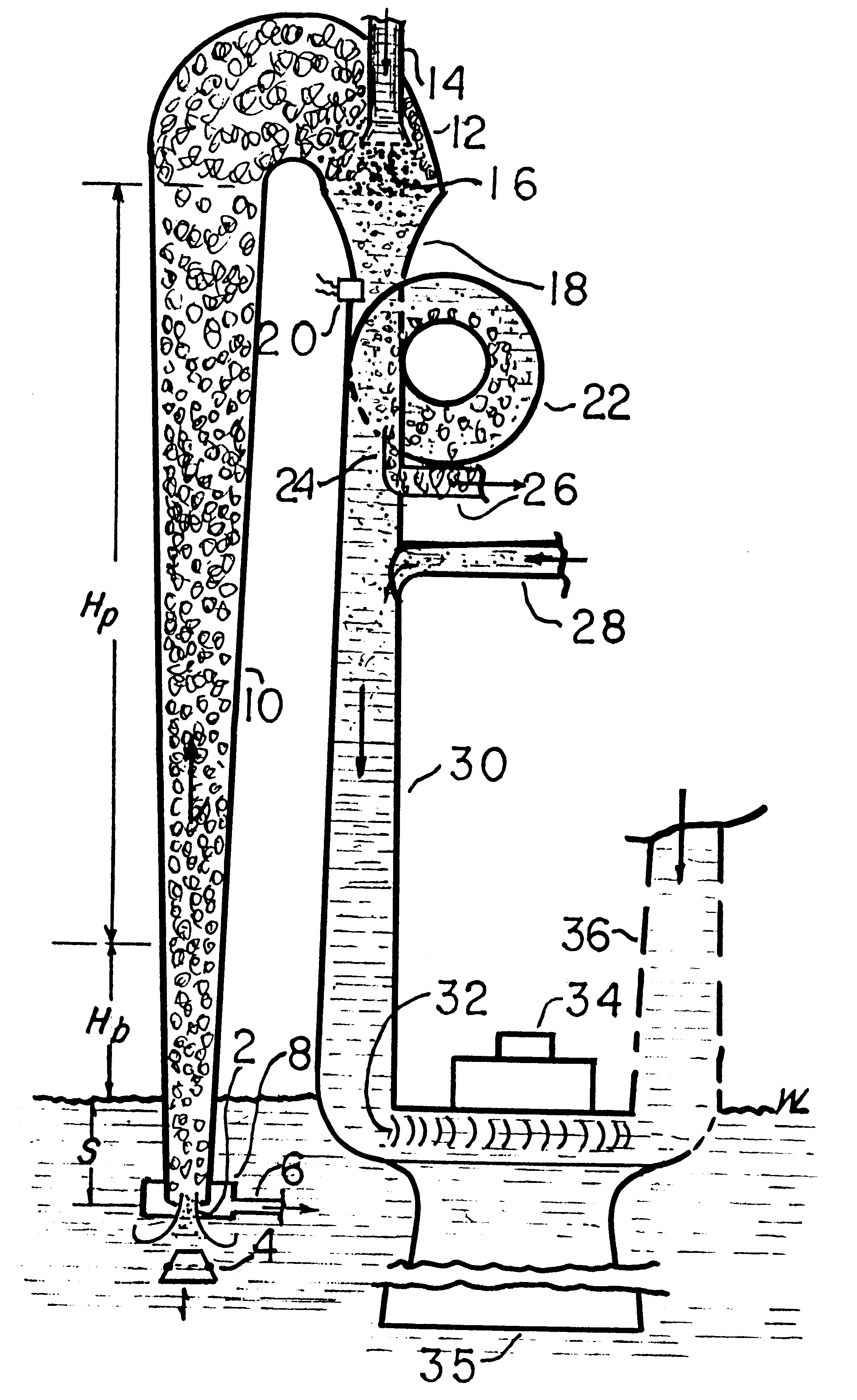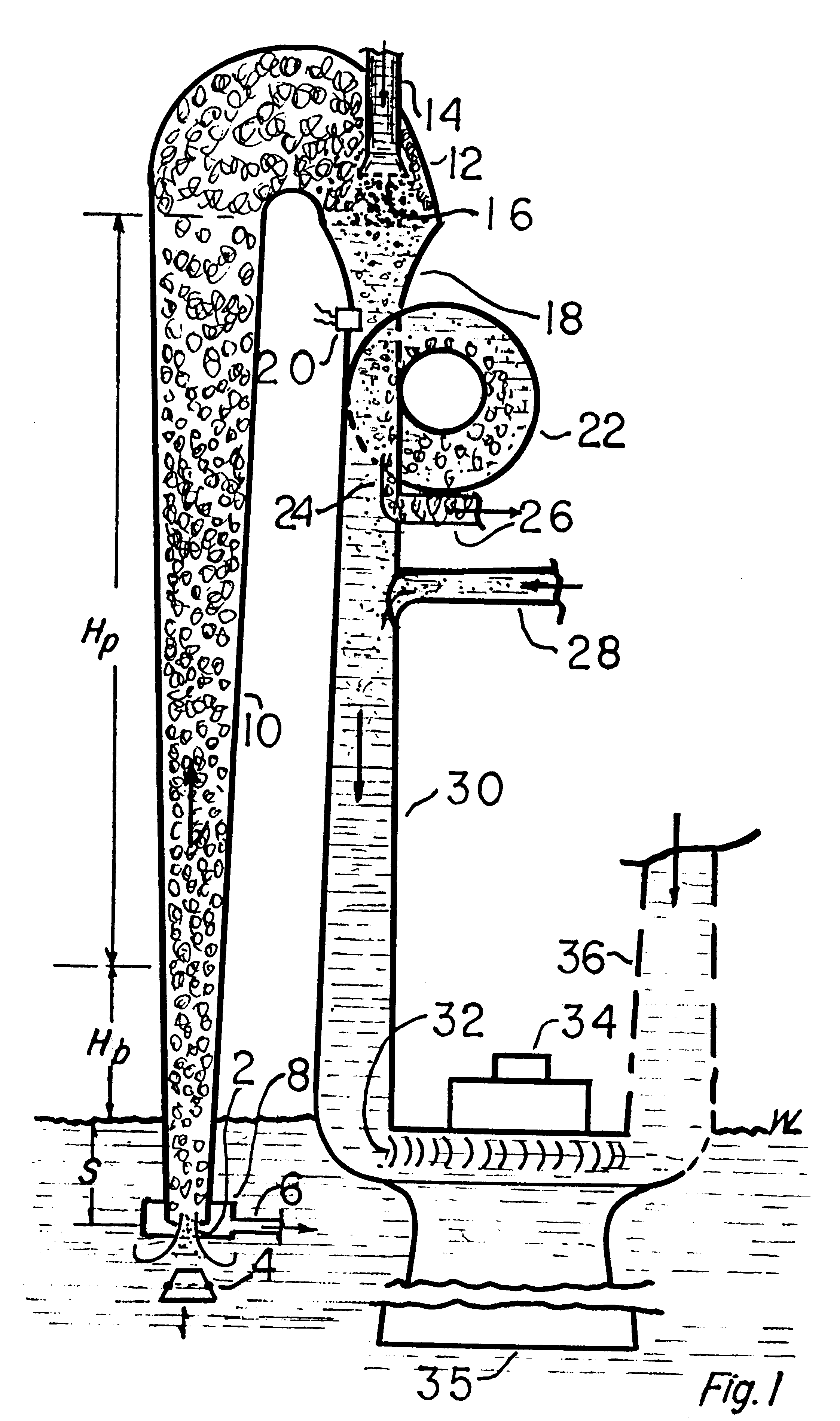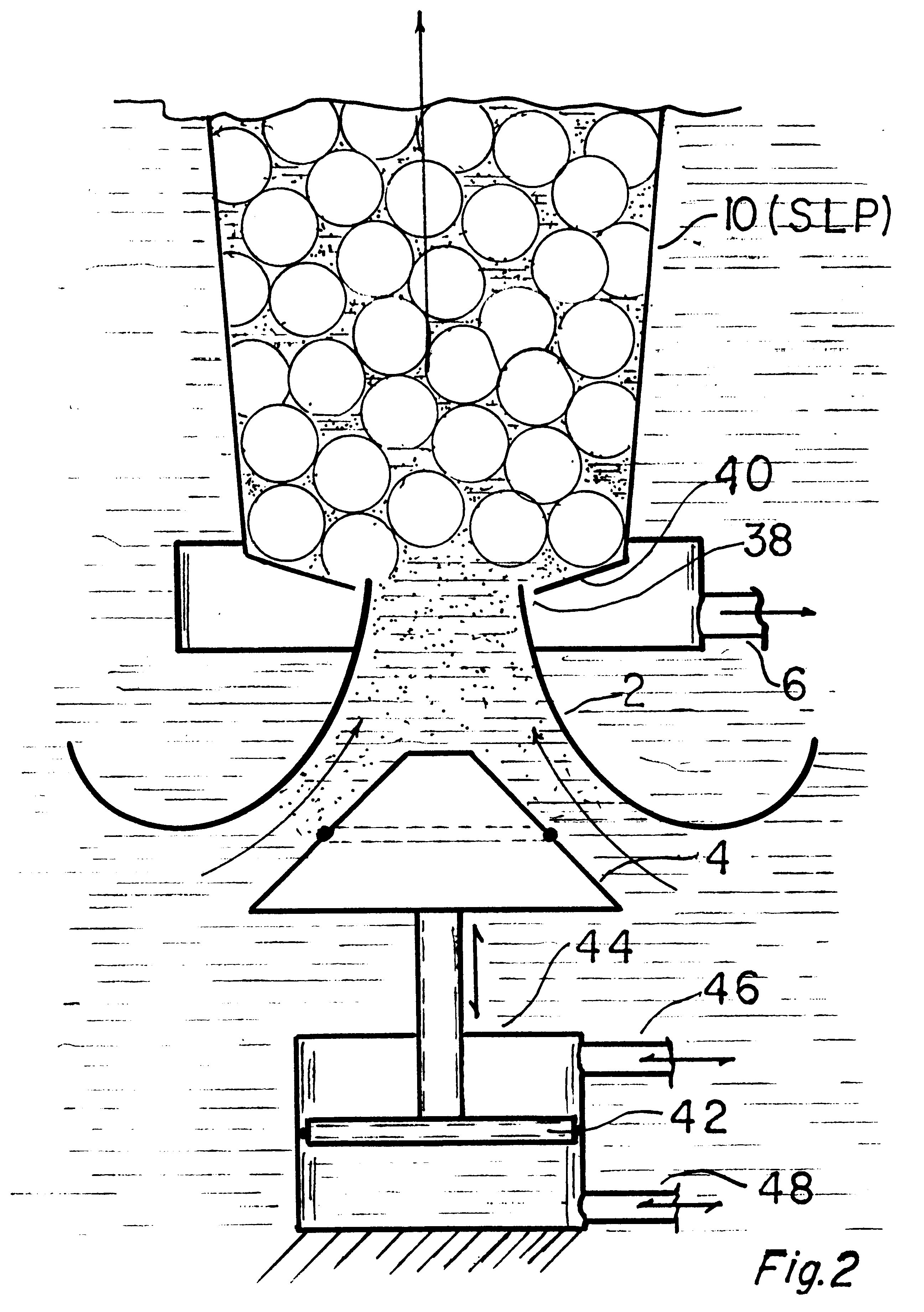His method was simple but the equipment extremely large and costly.
He was overwhelmed with the sea-going problems because the state of the art in what has become to be known as "Ocean
Engineering" was virtually nil.
His equipment came to disasters at the hand of the oceans.
The basic technical fault as I have analyzed his work lay in the fact that he produced very low pressure, high volume steam by throttling.
Claude is known to have produced only a few papers, none specific in the
thermodynamics and may never have realized the enormity of these thermodynamically limiting problems.
While this multi-pronged effort (it included work on many problems, from sea-keeping of floating systems, anchoring at sea, to transmission of power in bottom-laid cables to name a few) it did not produce a cost-effective design, All of this work is, of course, available to future
system developers.
But
titanium, unlike
copper-bearing alloys usually used in marine condensers, provides no protection against marine
fouling.
As an aside, the marine bronzes of use in condensing achieve a measure of anti-
fouling only by
wasting of toxic
copper ions, so their life is short.
Not an optimistic finding at best.
If you then (at considerable cost in power) introduce air bubbles at the lower end, and if they do not all coalesce (as they want to do, unfortunately) then you produce a low-density "foam".
But this device, which promised to be of such value at the time of conception of the OTGHPP, proved to be unworkable as originally concieved.
Unfortunately, my experiments in the late 1970's showed that both the THAC and barometric condenser which were part of the original concept would probably be impractical in this application.
Further experiments on model ALP's and THAC's convinced me that the
system would be impractical if (a) the steam bubbles were allowed to escape and (b) in breaking the steam (and of course, air) bubbles, the air released would require an impossibly large and efficient THAC.
For my calculations I assume a bubble
diameter of 10 mm, but experience in large systems may show this not be the best choice.
At the latter part of this reversing arc, cold water is introduced as a spray, instantly dropping the temperature of the warm and cold water mixture below the saturation temperature, causing cataclysmic condensation of the steam bubbles and in the process, fracturing to some extent the
air bubble remaining from each lost steam bubble.
The increase in solubilty coupled with the large area of the smal bubbles causes their rapid re-solution.
This would be more complicated mechanically than pumping, as it would require temporarily seating off the downcomer during starting.
The
plant uses a much-studied phenomenon called "
cavitation" which is of great indusrial importance because of its destructive action and cause of a loss in efficiency in hydraulic machines.
Conditions that cause
cavitation in small pumps and propellers cause similar
cavitation (and damage) in large ones.
Nevertheless, all machinery has an upper practical size limit.
Such a pump would move a great deal of water and produce considerable power.
Certainly the size of the tropical oceans is such that it is inconceivable that the supply of warm ocean water would limit the concept for hundreds of years, if ever.
The increase in S increased the length of the SLP, but since the mutlplier (in this treatment asssumed to be 1 / 0.025) will be 4 and an increased pumping heigt of 4-.
DELTA.S. If, for instance we increase S by 1 m, then the theoretical increase in the useful pumping height for producing power, H.sub.p will be 3 m. This approach clearly has its limitations in floating power plants, where the maximum height may be limited by sea keeping considerations such as stability and damage in storms.
 Login to View More
Login to View More 


